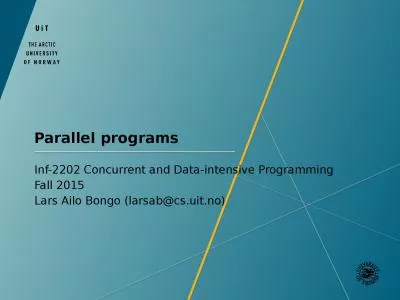PPT-COL380: Introduction to Parallel & Distributed Programming
Author : dandy | Published Date : 2023-11-11
We will Study Concurrency Parallelism Distributed computing Evaluation Assignments 40 Minor1 15 Minor2 15 Major 30 Plagiarism is unacceptable Offenders will
Presentation Embed Code
Download Presentation
Download Presentation The PPT/PDF document "COL380: Introduction to Parallel & D..." is the property of its rightful owner. Permission is granted to download and print the materials on this website for personal, non-commercial use only, and to display it on your personal computer provided you do not modify the materials and that you retain all copyright notices contained in the materials. By downloading content from our website, you accept the terms of this agreement.
COL380: Introduction to Parallel & Distributed Programming: Transcript
Download Rules Of Document
"COL380: Introduction to Parallel & Distributed Programming"The content belongs to its owner. You may download and print it for personal use, without modification, and keep all copyright notices. By downloading, you agree to these terms.
Related Documents

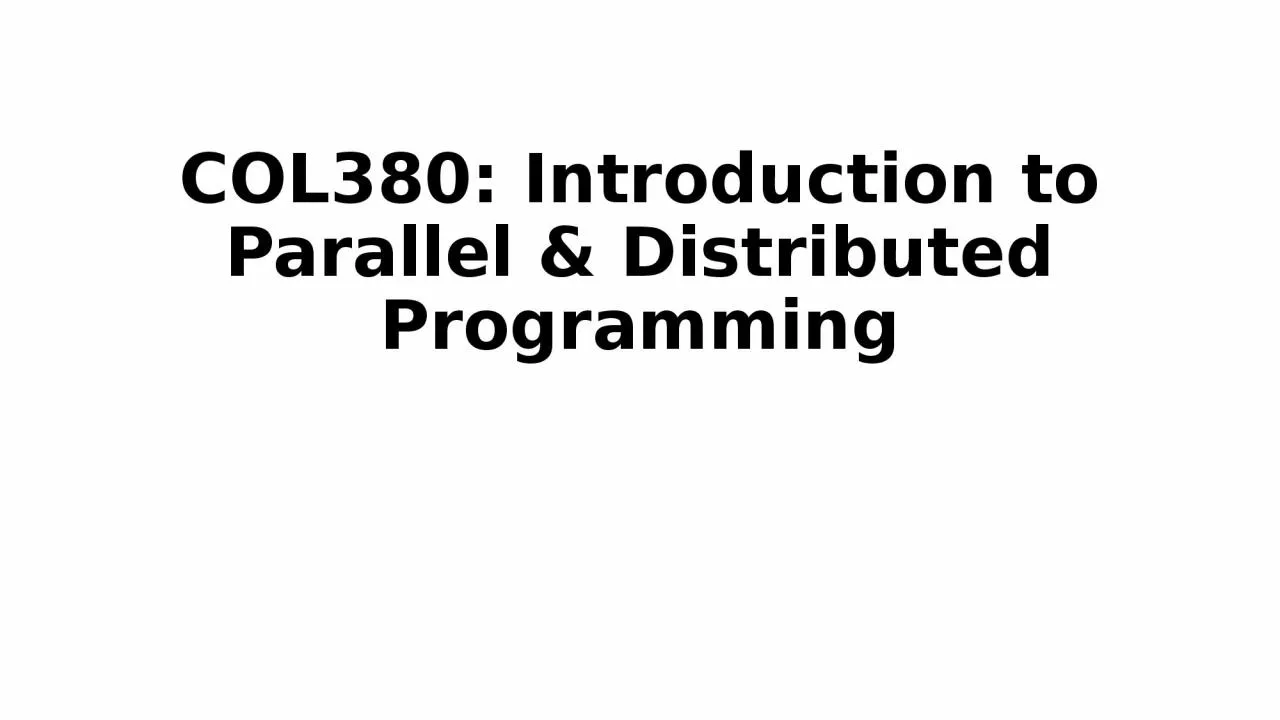
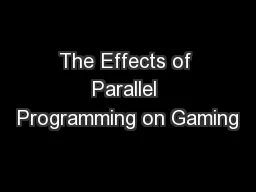
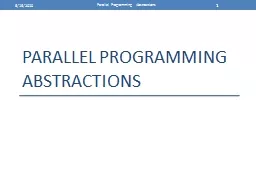
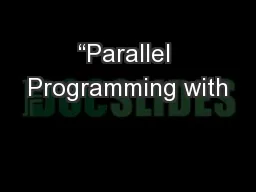

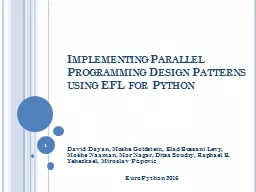
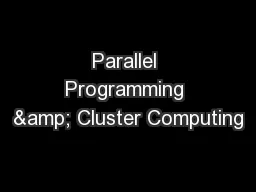

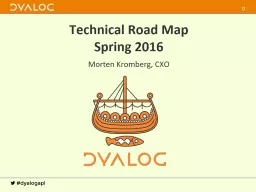
![[FREE]-c programming textbook.c programming book.c programming language.c programming.c](https://thumbs.docslides.com/979920/free-c-programming-textbook-c-programming-book-c-programming-language-c-programming-c-programming-visual-quickstart-guide-c-programming-for-dummies-absolute-beginner-s-beginner-exercises-in-easy-steps.jpg)
![[BEST]-Programming 11:C Programming Success in a Day & Rails Programming Professional](https://thumbs.docslides.com/980146/best-programming-11-c-programming-success-in-a-day-rails-programming-professional-made-easy-c-programming-c-programming-c-programming-language-rails-android-programming-ruby-rails-php-css.jpg)
